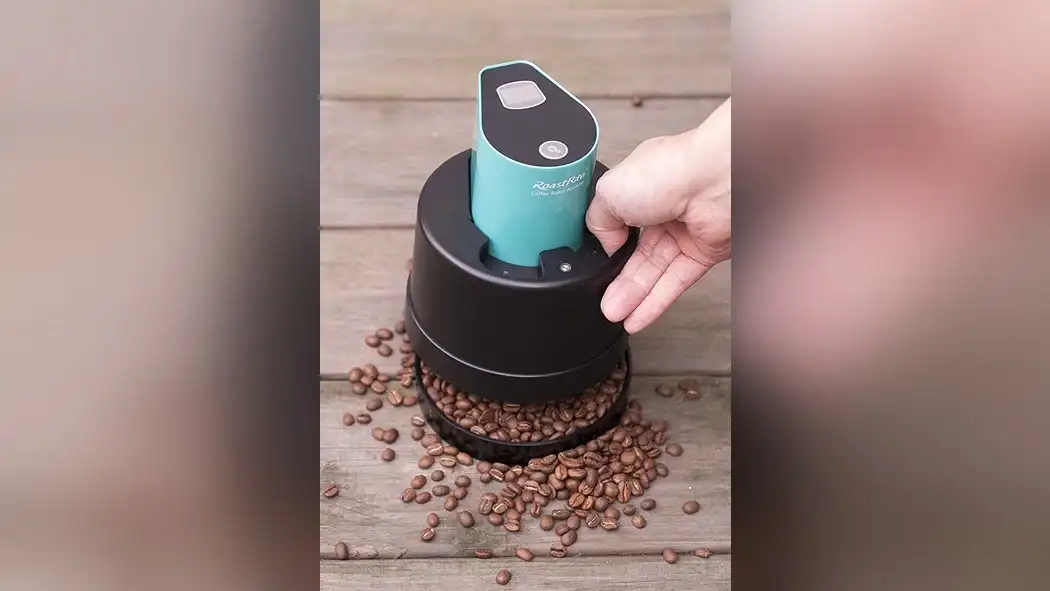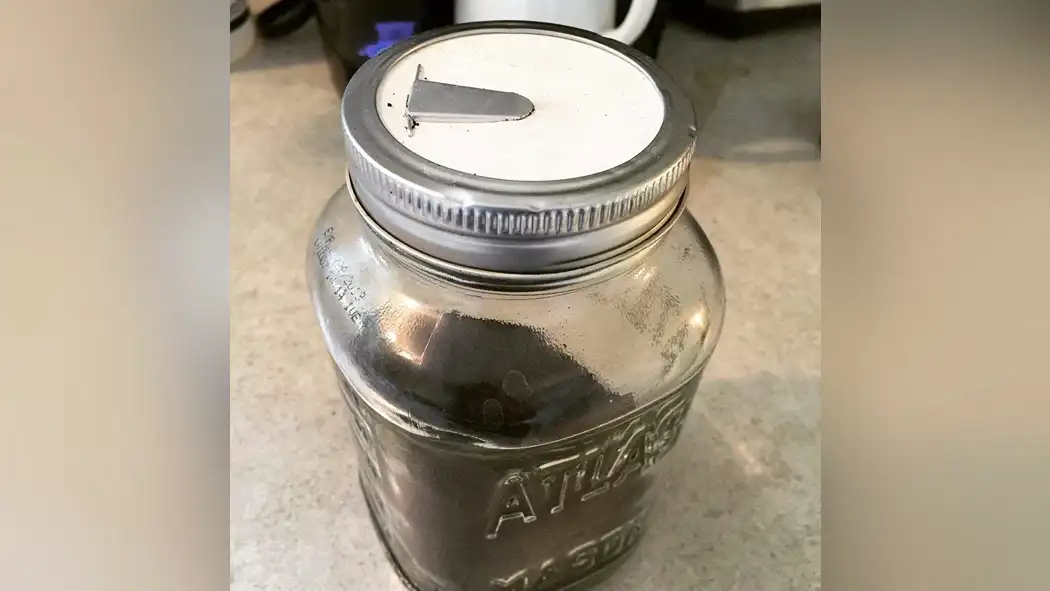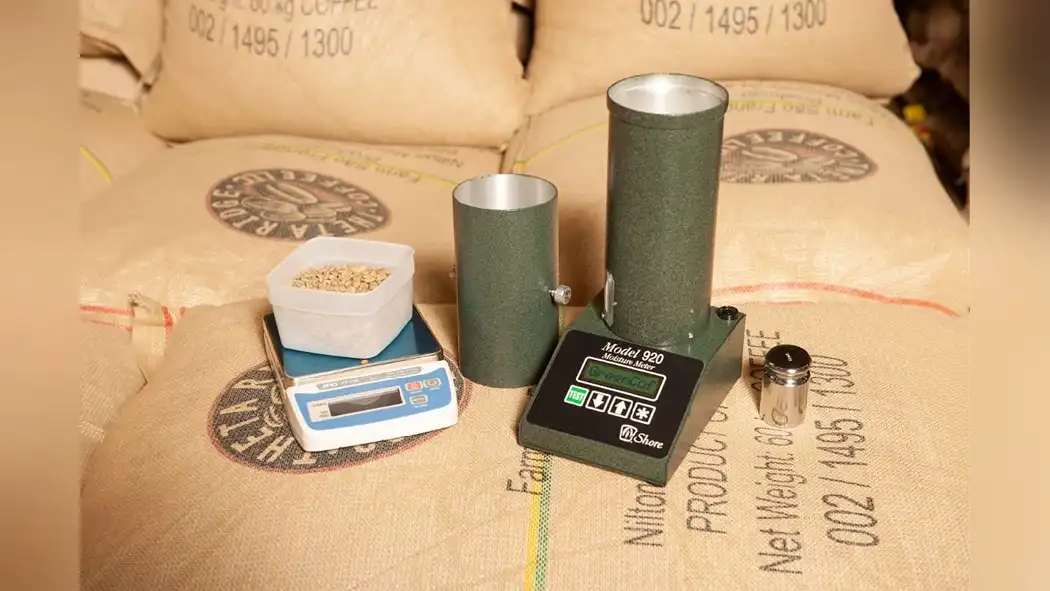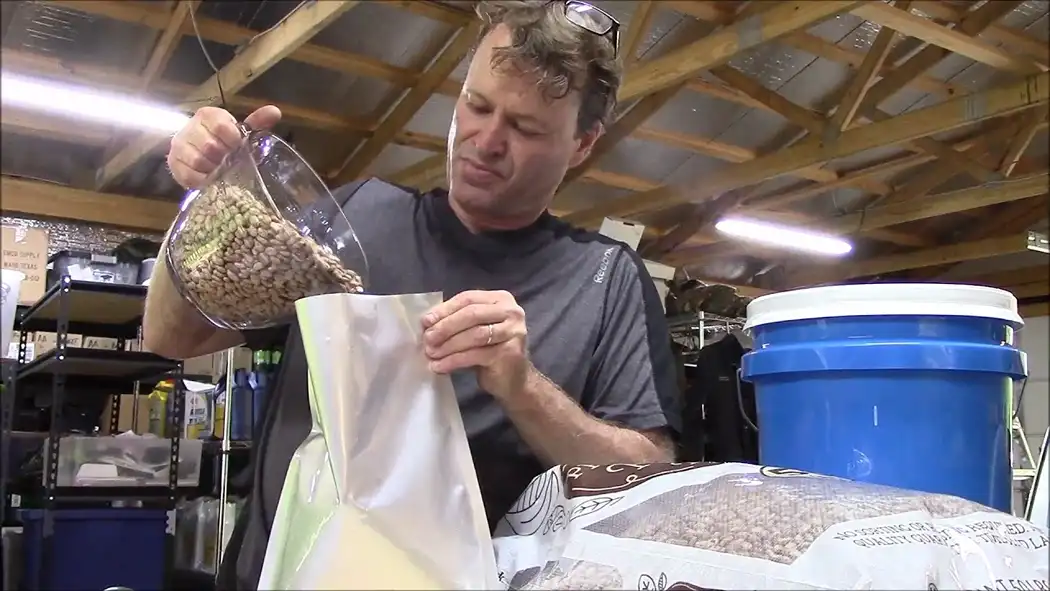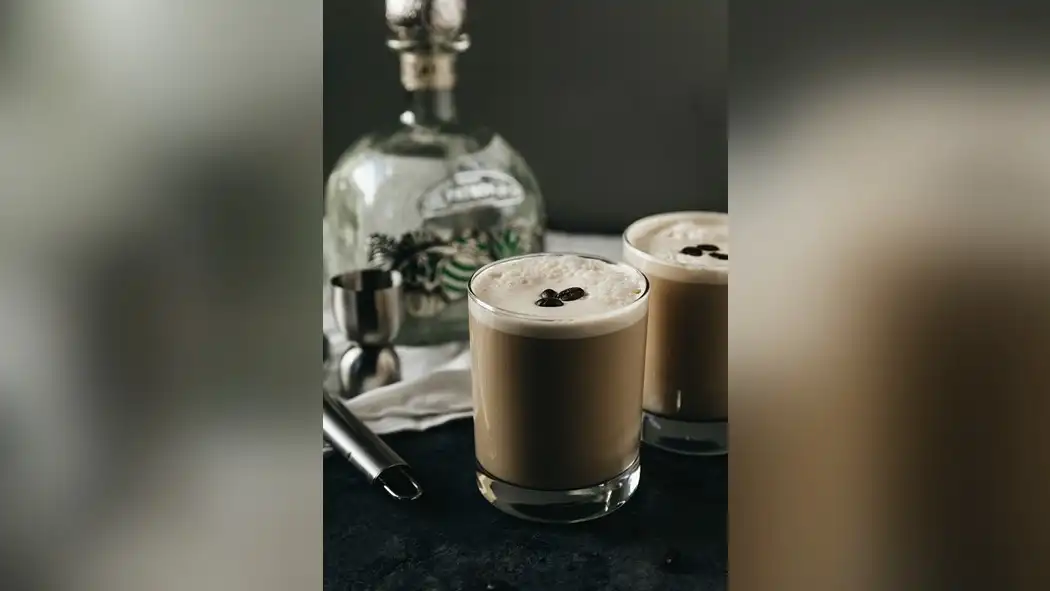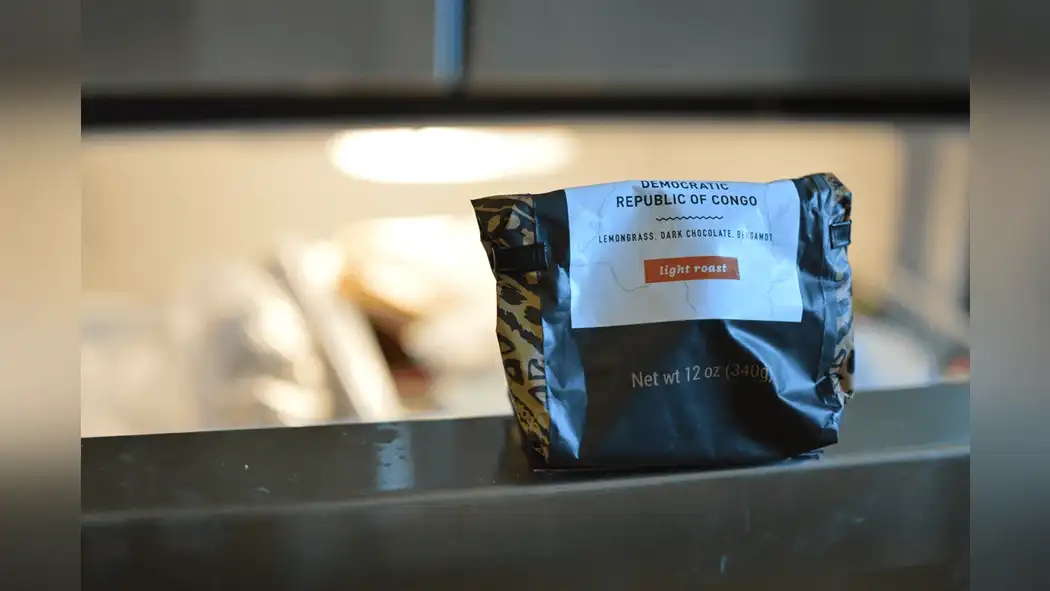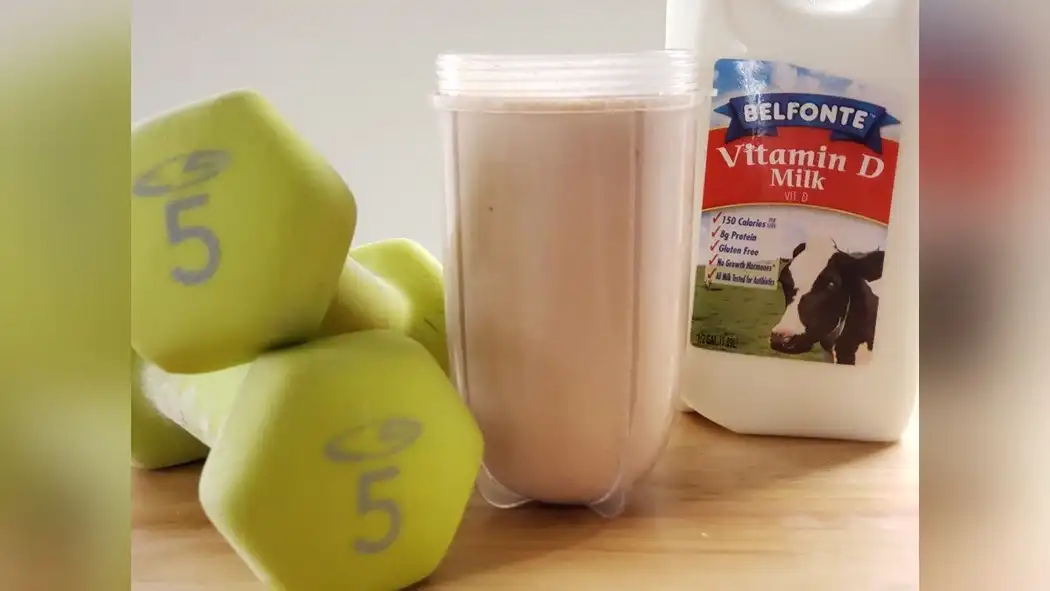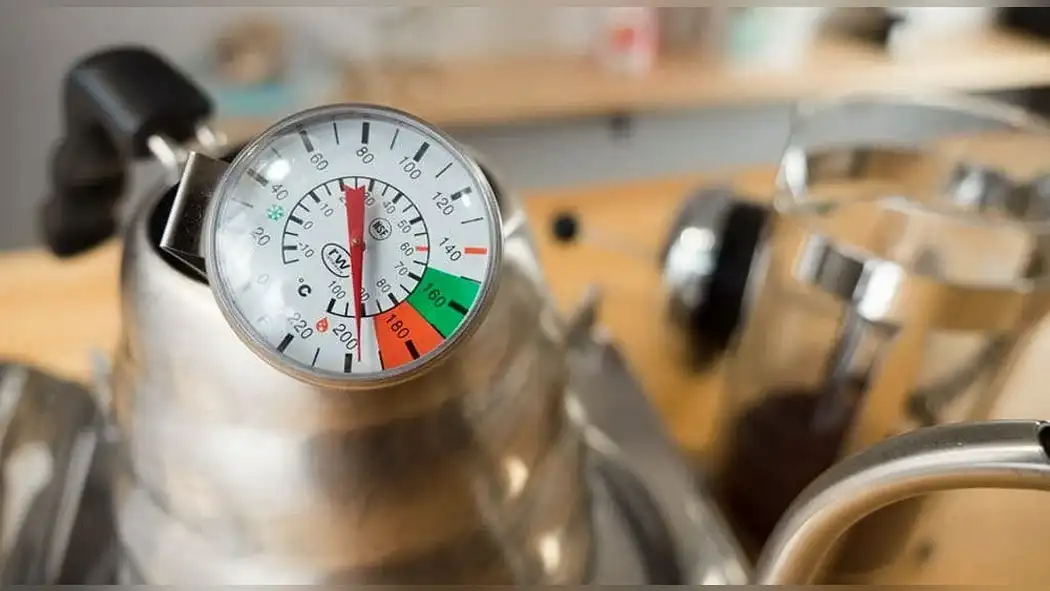Are you tired of sipping stale, lackluster coffee? Say goodbye to those disappointing mornings as we debunk five common coffee storage myths that have been plaguing your caffeine fix.
Get ready to have your mind blown as we reveal the truth about whole bean vs. ground coffee, the role of air, storing coffee in the fridge, the impact of light, and the importance of a proper coffee container.
It's time to revolutionize your coffee game and experience the true taste of fresh, flavorful brews.
Whole Bean Vs. Ground Coffee
When deciding between whole bean and ground coffee, consider your brewing preferences and the level of freshness you desire.
Whole bean coffee offers several benefits. First, it boasts superior freshness compared to pre-ground coffee. By grinding the beans just before brewing, you ensure that the flavors and aromas are at their peak. Additionally, whole bean coffee allows for more control over the grind size, resulting in a more tailored brewing experience.
On the other hand, ground coffee does have its pros and cons. It's convenient and saves time, as you don't have to grind the beans yourself. However, ground coffee tends to lose freshness faster and may not deliver the same depth of flavor as whole bean coffee.
Ultimately, the choice between whole bean and ground coffee depends on your personal preferences and the importance you place on freshness.
The Role of Air in Coffee Storage
One storing coffee in the fridge may not be the best option for preserving its flavor:
- Moisture absorption: Coffee is highly susceptible to absorbing odors and moisture from the fridge, which can negatively impact its taste.
- Flavor degradation: The cold temperature in the fridge can cause the oils in coffee to solidify, resulting in a loss of aroma and flavor.
- Temperature fluctuations: Opening and closing the fridge door can cause temperature fluctuations, leading to condensation and affecting the coffee's taste.
- Exposure to light: Coffee should be stored in a cool, dark place to prevent light from degrading the flavor.
For optimal coffee flavor preservation, it's best to store your coffee in an airtight container in a cool, dry place away from direct sunlight.
The Impact of Light on Coffee Quality
Are you aware of how light affects the quality of your coffee? While many coffee enthusiasts focus on the storage methods to preserve the freshness of their beans, the impact of light is often overlooked. Exposure to light can have detrimental effects on the flavor and aroma of your coffee. The UV rays in sunlight can accelerate the oxidation process, leading to a loss of freshness and the development of off-flavors. To illustrate the importance of protecting your coffee from light, consider the table below which outlines common coffee brewing techniques and their corresponding coffee freshness indicators.
| Brewing Technique | Freshness Indicator |
|---|---|
| Espresso | Aromatic and bold |
| Pour-over | Bright and crisp |
| French press | Rich and full-bodied |
| Cold brew | Smooth and mellow |
| Aeropress | Clean and vibrant |
The Importance of Proper Coffee Container
To protect the freshness and flavor of your coffee, it's crucial to use a proper coffee container that shields your beans from light and air. Airtight containers play a significant role in maintaining the freshness of your coffee by preventing exposure to oxygen.
Here are four reasons why using a proper coffee container is essential for freshness maintenance:
- Prevents oxidation: When coffee beans are exposed to oxygen, they can become stale and lose their flavor. Airtight containers ensure that your coffee remains sealed, minimizing oxidation.
- Blocks light: Light can negatively impact the quality of your coffee by accelerating the degradation process. A proper coffee container that's light-proof will preserve the flavor and aroma of your beans.
- Reduces moisture exposure: Moisture can cause coffee beans to spoil and develop mold. Airtight containers protect your coffee from moisture, extending its shelf life.
- Maintains aroma: Coffee beans are known for their rich and enticing aroma. Using a proper coffee container helps preserve the aromatic compounds, allowing you to enjoy the full sensory experience of your coffee.
Conclusion
You've learned the truth behind common coffee storage myths. Now, imagine waking up to the aroma of freshly ground coffee beans, filling your kitchen with warmth and anticipation.
As you take that first sip, the rich flavors dance on your tongue, transporting you to a world of caffeinated bliss. By understanding the importance of storing coffee properly, you can unlock the full potential of your favorite brew and savor every sip.






